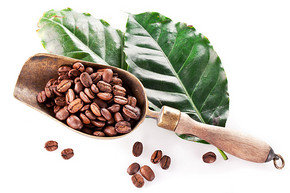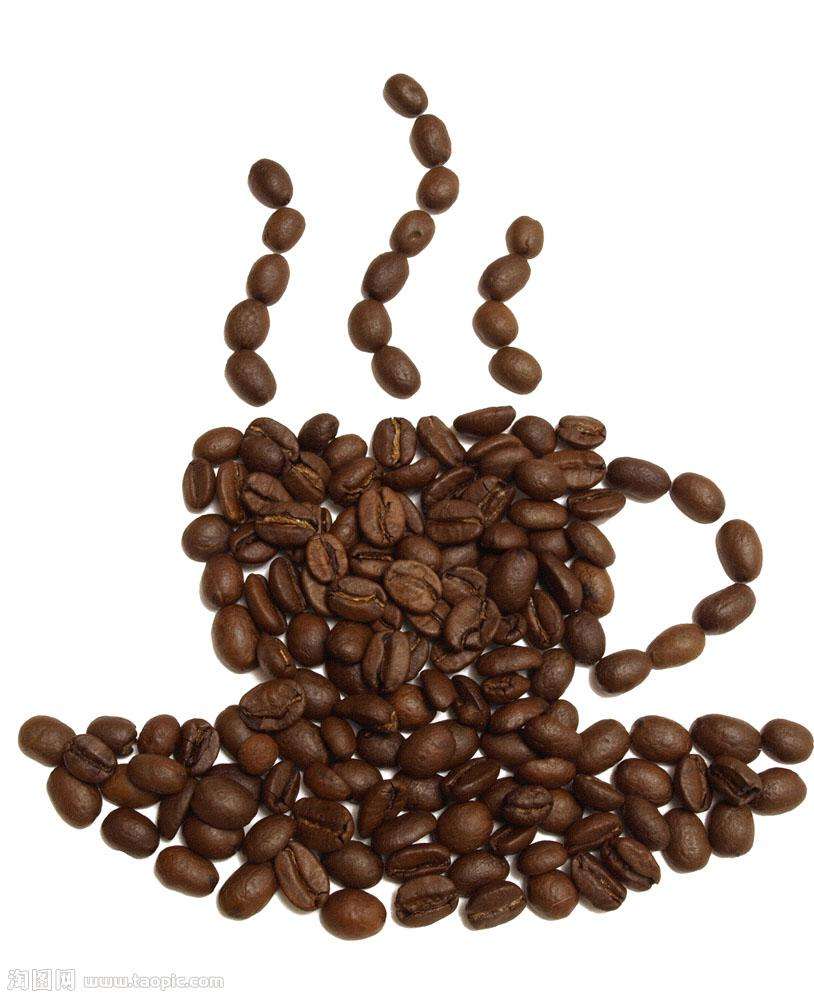Characteristics of Kona coffee beans from Hawaii
Pay attention to coffee reviews (Weixin Official Accounts vdailycom ) and find a beautiful cafe to open your own shop
Hawaii is the only state in the United States to grow coffee, which is grown on the five main islands of the Hawaiian archipelago: Oahu, Hawaii, Maui, Kauai and Mauroka. Coffee produced on different islands also has its own characteristics. Coffee from Kauai is soft and smooth, coffee from Mauroka is high in alcohol and low in acidity, and coffee from Maui is medium in acidity but has the strongest flavor. Hawaiians are proud of their 100% indigenous Arabica coffee beans.
Real Hawaiian coffee gives you a unique pleasure that slowly draws you into the transcendent state of coffee tasting. And this is all from the oldest Arabica coffee tree.
Coffee tastes fresh, crisp, medium alcohol, slightly sour, while there is a strong aroma, taste after a long aftertaste. The rarest thing is that coffee has a blend of wine, fruit and spice aromas that are as charming as the colorful colors of this volcanic archipelago.

---Hawaiian Coffee Features---
Kona coffee beans from Hawaii have the most perfect appearance-they are unusually full and shiny. The coffee has a rich aroma with cinnamon spice notes and a balanced acidity.
The best Kona coffees are divided into three categories: ExtraFancy, Fancy and NumberOne. This third-class coffee is produced both on the estate and under natural conditions. Most coffees on the market that call themselves Kona contain less than 5% real Hawaiian Kona coffee. Another good Hawaiian coffee can be found in the United States-Kai Farms. Real kona coffee is a real gem and not easy to find.
Flavor: Smooth, rich and nutty
Recommended baking method: light to medium baking
★★★: Excellent
Hawaii's coffee growing area---
Hawaii (Hawaii) across the latitude of 19 to 22 degrees, south of the Tropic of Cancer, by the trade winds of the Hawaiian Islands, is a natural perfect coffee growing area, the fiftieth state of the United States, 2400 miles away from the West Coast of the United States, is the only coffee producing state in the United States, Hawaii coffee is also internationally renowned, known as one of the best coffee in the world.
Most coffee is grown on the slopes of Mauna Loa. Mauna Loa was originally a volcano located in the western part of the Kona region of Hawaii. The length of the coffee producing area is about 30 kilometers, and its cultivation area is mainly concentrated in the north and south of the area. Coffee trees are grown in relatively inhospitable areas, but the soil is fertile and contains volcanic ash.
Hawaii's most famous coffee bean and coffee growing area is Kona, an area located in the southwest of the Big Island, 20 miles long and 2 miles wide, covering the Hualalai and Mauna Loa slopes. Only coffee beans grown in this area and subject to the most stringent certification standards can be sold under the brand name "Kona". Today, about 100 farms produce coffee beans that meet the above standards, and more and more farms are expected to follow in the future.
Although Hawaii is often affected by tornadoes, the climate conditions are ideal for coffee growing. There was plenty of rain and sunshine, and no frost. There is also a strange natural phenomenon called free shade. On most days, around 2 p.m., white clouds appear in the sky, providing the coffee trees with the shade they need. In fact, it is these natural conditions that allow Kona to produce more Arabica coffee than any other plantation in the world, and to maintain a consistently high quality. For example, coffee yields 560- 900 kg/ha in Latin America and 2240 kg/ha in Kona. Only about 1400 hectares produce Kona coffee.
Coffee trees are grown for commercial purposes on all islands in Hawaii, but at present, the number of coffee plantations on the Big Island is the largest, with about 650 plantations. However, these coffee plantations are relatively small, totaling less than 2000 acres of plantation forest land. On Maui, Molokai, Oahu and Kauai, only 25 coffee plantations are in operation, but the coffee plantations in these places are much larger than those on the Big Island. The total yield is also more than three times greater than that of Big Island coffee plantations. Amazingly, Kauai has the largest coffee growing area of all islands, at over 4000 acres, managed by the same operator;Molokai has only 550 acres, and Maui and Oahu have even fewer. Most Hawaiian coffee farmers today still harvest only fresh cherries to sell, but in recent years more and more people have dedicated themselves to adding value to their coffee bean products, so most of them are post-processing, drying, grinding and roasting their own coffee beans.
Important Notice :
前街咖啡 FrontStreet Coffee has moved to new addredd:
FrontStreet Coffee Address: 315,Donghua East Road,GuangZhou
Tel:020 38364473
- Prev

How to taste Hawaiian coffee?
Following Cafe Review (Wechat official account vdailycom) found that Beautiful Cafe opened a small shop of its own. If Blue Mountain Coffee is the king of coffee, then Kona Coffee (Kona Coffee) from Hawaii is a well-deserved coffee. It is the only top coffee variety produced in 50 states in the United States, and it is also one of the three famous coffee beans in the world. Kona coffee beans are collected in summer.
- Next

Costa Rica produced 92600 tons of coffee during the season, down 15 percent from the same period last year.
Costa Rica's "National newspaper" reported on March 31, 2017 that Costa Rican coffee production in the 2016-2017 coffee season closed at 1.89 million francaga (92600 tons), down 15% from the previous season of 2.23 million franca (about 109300 tons). According to Ronald Peters, executive director of the Costa Rican Coffee Institute (Icafe), the decline in production is partly due to a two-year cycle.
Related
- Detailed explanation of Jadeite planting Land in Panamanian Jadeite Manor introduction to the grading system of Jadeite competitive bidding, Red bid, Green bid and Rose Summer
- Story of Coffee planting in Brenka region of Costa Rica Stonehenge Manor anaerobic heavy honey treatment of flavor mouth
- What's on the barrel of Blue Mountain Coffee beans?
- Can American coffee also pull flowers? How to use hot American style to pull out a good-looking pattern?
- Can you make a cold extract with coffee beans? What is the right proportion for cold-extracted coffee formula?
- Indonesian PWN Gold Mandrine Coffee Origin Features Flavor How to Chong? Mandolin coffee is American.
- A brief introduction to the flavor characteristics of Brazilian yellow bourbon coffee beans
- What is the effect of different water quality on the flavor of cold-extracted coffee? What kind of water is best for brewing coffee?
- Why do you think of Rose Summer whenever you mention Panamanian coffee?
- Introduction to the characteristics of authentic blue mountain coffee bean producing areas? What is the CIB Coffee Authority in Jamaica?

